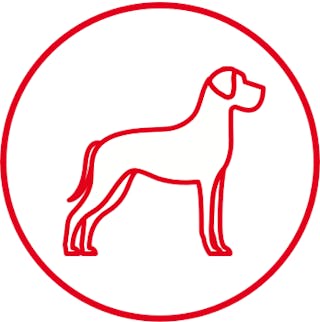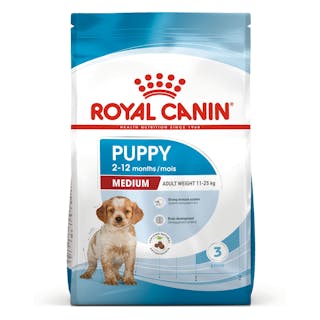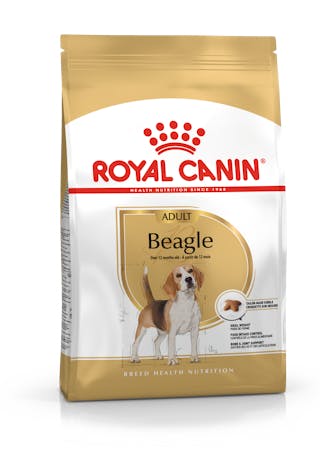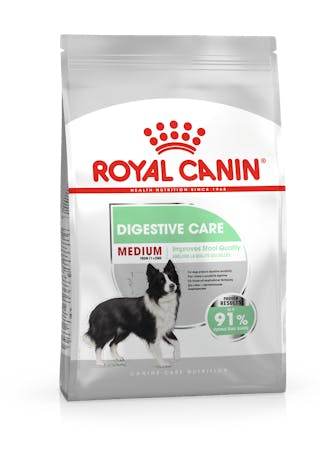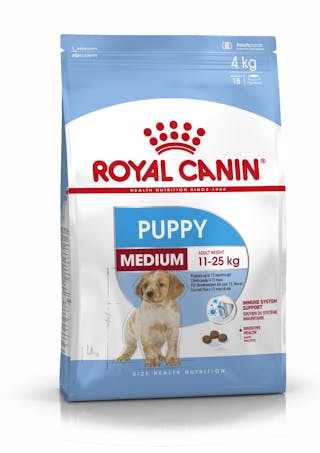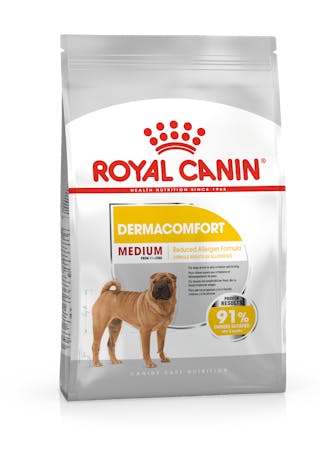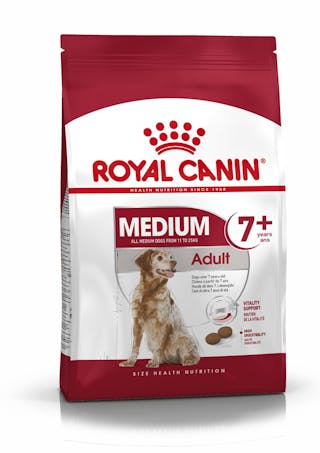
Let's talk Beagles
Among the world’s most popular dogs, Beagles are loyal, affectionate and intelligent animals. With their big brown eyes, floppy ears and ‘pleading’ expression, these handsome hounds are also hard to resist. Their background as hunting animals can make training a little bit of a challenge, and they tend to bark rather more than average, but the Beagle breed is absolutely worth the extra effort. With a bit of time and patience, you’ll soon have your very own ‘Snoopy’ by your side.Official name: Beagle
Other names: Hound, English Beagle
Origins: United Kingdom

| Drooling tendencies |
|
Warm weather? |  |
| Grooming needs |  |
Cold weather? |  |
| Shedding level |  |
Suited to apartment living |  |
| Barking tendencies | High |
Can stay alone?* |  |
| Energy level (high, low, medium)* | Medium | Family pet?* |  |
| Compatibility with other pets |  |
* We advise against leaving pets alone for long stretches. Companionship can prevent emotional distress and destructive behaviour. Speak to your veterinarian for recommendations.
Every pet is different, even within a breed; this snapshot of this breed specifics should be taken as an indication.
For a happy healthy and well-behaved pet, we recommend educating and socializing your pet as well as covering their basic welfare needs (and their social and behavioral needs.
Pets should never be left unsupervised with a child.
Contact your breeder or veterinarian for further advice.
All domestic pets are sociable and prefer company.However, they can be taught to cope with solitude from an early age. Seek the advice of your veterinarian or trainer to help you do this.
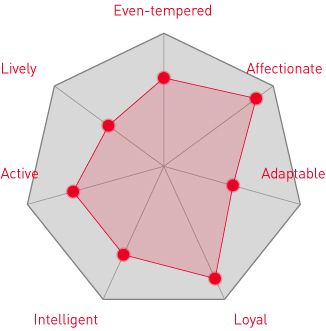

| Baby age | Birth to 2 months |
| Puppy age | 2 to 12 months |
| Adult age | 12 months to 7 years |
| Mature age | 7 to 10 years |
| Senior age | 10 to 20 years |

1/7
Get to know the Beagles
All you need to know about the breed
With their hangdog expression, droopy ears and expressive eyes, it’s no wonder that Beagles are one of the best-loved dog breeds around. Gentle and easy-going, they also have a lovely temperament – and, with a bit of training, Beagles are great with children and other animals too.
Although the origins of the Beagle are not precisely known, they are thought to have been with us for many hundreds of years. Believed to descend originally from the hunting hounds of the Romans, they became popular in Britain during the 1800’s. In 1890, The Beagle Club was established and the standard followed soon after.
Today, the Beagle is one of the top 10 most popular dogs in the world, according to the American Kennel Club. Also a regular fixture on our screens, they’ve had a starring role in everything from the claymation series Wallace and Gromit and hit TV show The Wonder Years to children’s movie Shiloh. Notably, there was also Snoopy, the most famous Beagle of all, who appeared in the comic strip Peanuts.
With their russet, black and white coat, the Beagle is similar in appearance to the Foxhound – though the latter is much larger. Also, within the Beagle breed itself, there are two different varieties. The American Kennel Club makes the distinction between those under 13 inches at the shoulder and those between 13 and 15 inches – though in the UK they can be slightly larger.
With a fairly robust constitution, the Maltese is a healthy breed of dog with a good lifespan. Indeed, many Malteses live well into their teens –and, occasionally, even beyond.
Active and energetic, Beagles will require at least an hour of exercise every day, but ideally more. Bred to hunt in packs, they also do better with company and are not good at being left alone.
One other word of warning before choosing a Beagle: they like the sound of their own voice and can be known to bark and bay quite frequently. They also tend to be a little more challenging to train than some breeds, but nothing that can’t be overcome with a few treats and a bit of patience.
Overall, these faithful animals make a marvellous companion. In fact, with a bit of effort invested, you’ll soon be rewarded with a new best friend.

2/7
2 facts about Beagles
1. On the scent
Along with the Bloodhound and the Basset Hound, the Beagle has one of the best-developed senses of smell of any dog breed. In fact, they have some 220 million scent receptors in their nose.
1. On the scent
Along with the Bloodhound and the Basset Hound, the Beagle has one of the best-developed senses of smell of any dog breed. In fact, they have some 220 million scent receptors in their nose.
History of the breed
Despite much conjecture among dog-lovers, the origins of the Beagle remain somewhat shrouded in mystery. In all likelihood, though, they probably descended from Roman hunting dogs who were used to catch rabbits and the like. Latterly, they have popped up in paintings and literature ever since Elizabethan times.
Back then, there were smaller, wire-haired Beagles – some of which were so small they could be carried in the pocket of a hunting jacket. The Beagle size has increased over the years but smaller versions of the breed, known as ‘Pocket Beagles’, still exist today.
While the exact origins of the Beagle name are lost in time, many believe the word derives from the Gaelic term ‘beag’ (little). Others suggest it comes from the French term for the blast of hunting horns (‘be’geule’).
In any event, the modern breed of Beagle is thought to have emerged in Great Britain around the 1830’s. Believed to be a cross between several breeds – including possibly the Talbot Hound, the North Country Beagle and the Southern Hound – the Beagle personality seems to combine the best features in one.
In 1890, The Beagle Club was founded in the UK and the breed standard followed soon after. Today, the Beagle appears regularly in lists of favourite breeds all over the world.
Given the Beagle’s good behavioural characteristics, their size and docile temperament, they are also the favoured breed for laboratories. Luckily, many charities work on offering them a home. Thinking of getting a Beagle? Why not turn a lab dog into a lap dog?

4/7
From head to tail
Physical characteristics of Beagles
1. Head
Domed skull with long droopy ears and squarish muzzle.
2. Face
Large, expressive eyes, either brown or hazel in colour.
3. Fur
Coat is short, smooth and dense in a variety of colours including white, tan and black.
4. Body
Muscular and solid in the body with straight, level topline and shortish legs.
5. Tail
Long, raised tail often has a white tip on the end.

5/7
Things to look out for
From specific breed traits to a general health overview, here are some interesting facts about your Beagle
It’s important to choose an approved breeder
While the Beagle usually tends to have a pretty good lifespan, with an average life expectancy of 12 to 15 years, they can be prone to some genetic health conditions along the way – like all breeds of dog. As always, the key is to buy from a responsible and reputable breeder, as they will be screening for most inherited conditions, which will help to reduce the risks. Also, knowing if your Beagle is a carrier, or could potentially develop a health issue later on, can help you and your vet plan accordingly for their lifelong care.

6/7
Caring for your Beagle
Grooming, training and exercise tips
Beagles tend to be athletic and energetic dogs who like nothing better than having a good sniff around outdoors. They should therefore have at least an hour of exercise every day – and ideally two or more. The older Beagle adult can become a bit lazy, and content to snuggle up in their basket, but as this is a breed that’s prone to obesity it’s important not to let that happen. Whatever age they are, Beagles still retain that inherent hunting instinct, with a tendency to chase a scent, so you may wish to keep them on the lead – or at least within eyeshot. Also, as they are consummate escape artists, with a knack for digging under fences, it’s important to keep a careful watch on them even at home in the garden.
One of the many positives of having a Beagle is the low maintenance required for their grooming. Although they have a dense double coat, which protects them from the elements, their short, smooth and waterproof fur is easy to clean and maintain. Brushing your Beagle once a week with a medium-bristle brush should be enough to remove any dead hair. Also, moulting is only moderate to average, though will be heavier during the Beagle’s shedding seasons. Because of their short fur, the occasional bath should more than suffice. Also, nails should be clipped regularly, teeth brushed as often as possible and the Beagle’s long ‘drop’ ears checked carefully during grooming.
7/7
All about Beagles
On average, a fully-grown Beagle dog will reach no more than around 15 to 16 inches (38-40.5cm) and the top weight for a Beagle is 30lb (13.5kg). Because of their relatively compact size, Beagles will adapt well to life in most styles of home. The American Kennel Club recognises two Beagle types: those standing under 13 inches at the shoulder, and those between 13 and 15 inches, and weights vary accordingly.
Your Beagle will need at least an hour of exercise every day, but ideally two hours or more. If you fall in the “but I exercised last week!” category, this might not be the breed for you. A combination of walking, running and play work well. They will also benefit from time spent outdoors sniffing around in the garden.
Read more on this topic

How your dog's nutrition needs change with age

How to adopt a dog

Things to consider before getting a dog
Sources
1 - Veterinary Centers of America https://vcahospitals.com/
2 - Royal Canin Dog Encyclopaedia. Ed 2010 and 2020
3 - Banfield Pet Hospital https://www.banfield.com/
4 - Royal Canin BHN Product Book
5 - American Kennel Club https://www.akc.org/

